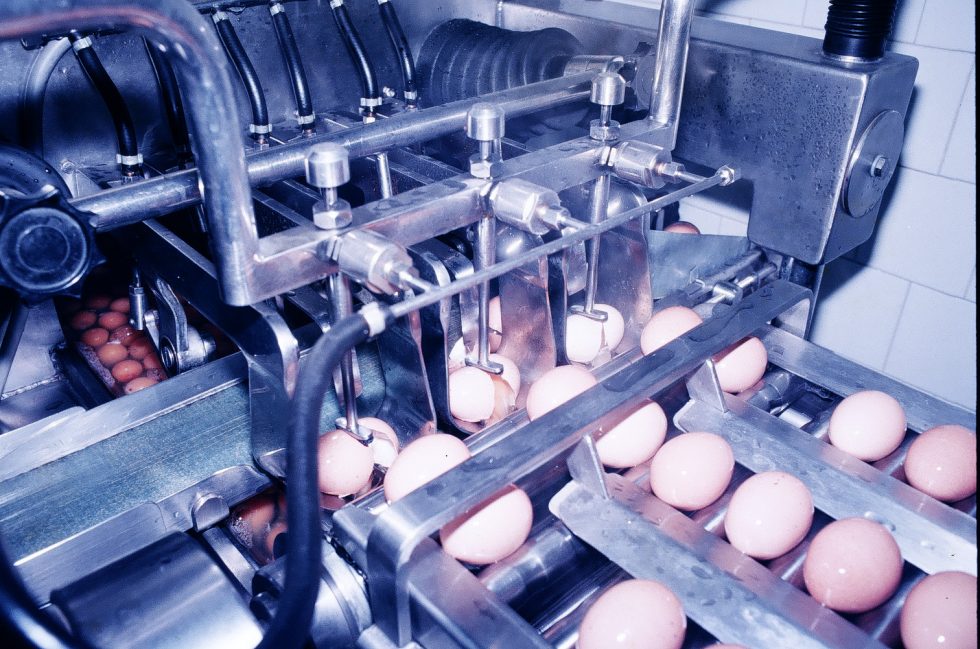Mayonnaise is the most famous, most loved and most eaten sauce in the world.
The recipe is very easy: oil, an egg, lemon or vinegar, a little bit of salt and a sprinkle of pepper. Mix everything with an immersion blender and that’s it. Easy peasy, no complications.
This is how you do it if you do it at your home.
The industrial production of mayonnaise it’s not that easy, though.
Let’s start from the organic sunflower seeds oil.
Do you know how many seeds are needed to make 1 kg of oil? 29,411!
You would have never guessed it, right?
To be able to use all the benefits of the sunflower seeds oil, like for example the vitamin E, a powerful antioxidant, seeds must be organic and squeezed at cold temperatures.
And this is the oil that we use to make our mayonnaise Biobontà, of the finest quality.

The oil is then preserved in special containers that prevent oxygen to compromise the oil, and therefore that the oil oxidizes and goes rancid.
Before using it, we carefully check the acidity, to verify that it stays in its optimal value: less than 0,1%.
After having pressed an enormous number of seeds we are almost exhausted, but we keep going! We want to tell you the entire process that is behind the mayonnaise and our commitment to do it in the best way.
We need another fundamental ingredient in our mayonnaise: the eggs.
They need to be organic as well: they are produced by free-range hens, that also have a spacious outside area where they can scratch and that are fed with organically only.
The eggs can make the emulsion happen, thanks to the lecithin that is found inside the yolk. In the emulsion, two substances that cannot mix themselves actually mix: water and oil.

What’s difficult about using eggs?
At Biobontà we only use the most noble part of the egg: the yolk.
This is the secret that is behind the quality of our mayonnaise and of all our other sauces. It’s more expensive than the whole egg, but it gives a unique taste.
To obtain the yolk, one has to separate it from the egg white, an operation that is now completely done by special machines called hulling or shelling machines.
Washed, cleaned and dried, eggss are now ready to be broken.
Ok, is it finished now?
Oh no, here comes the most delicate and important part. The yolk must be pasteurized: it must undergo a heat treatment that eliminates all the germs, which the most dangerous of them is the salmonella.
Just to be accurate: do you know how many yolks are in a 1 kg of yolk?
Almost 60! What a number!
At this moment, between the pressing of the seeds and the egg peeling, we are very tired and we allow ourselves a pause! You don’t blame us, right?
We assure you that next time we will prepare the most delicious mayonnaise that you have ever tasted!

